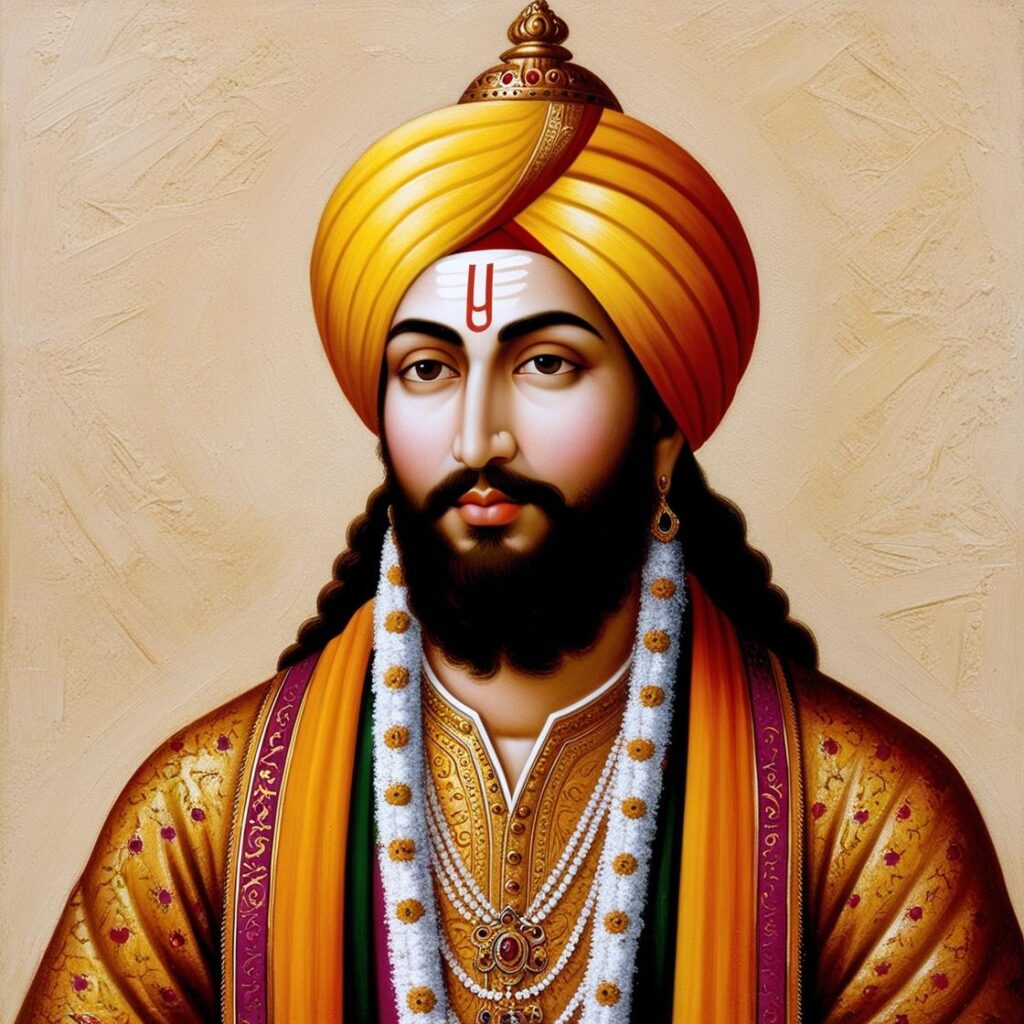
Christmas, celebrated annually on December 25th, is one of the most widely recognized and cherished holidays worldwide. Traditionally observed to commemorate the birth of Jesus Christ, this holiday blends religious reverence, historical traditions, and modern-day festivities into a joyful season celebrated by millions of people, regardless of faith.
Historical Significance of Christmas
The origin of Christmas is rooted in Christianity. According to the New Testament, Jesus was born to Mary and Joseph in Bethlehem. The story describes how Mary, a virgin, was visited by the angel Gabriel, who informed her that she would give birth to the Son of God. After Jesus’ birth, shepherds and wise men from the East, known as the Magi, visited him, bringing gifts of gold, frankincense, and myrrh, symbolizing Jesus’ royalty, divinity, and eventual suffering.
While the Bible does not specify the exact date of Jesus’ birth, early Christians chose December 25 as it coincided with several pagan festivals celebrating the winter solstice. For instance, Romans observed Saturnalia, honoring Saturn, the god of agriculture, with feasts, games, and gifts. Similarly, followers of Mithraism celebrated the birth of Mithras, the god of light, on December 25. By adopting this date, early Christians aimed to provide a holy celebration to rival these pagan festivals, thus increasing the popularity of Christianity in the Roman Empire. Over centuries, Christmas transformed from a primarily religious observance to a widely celebrated holiday with various cultural influences shaping it.
Modern-Day Celebration of Christmas
Today, Christmas is much more than a religious holiday. It is celebrated across diverse cultures, with various customs that reflect both ancient traditions and modern interpretations. The holiday season is marked by decorations, festive music, family gatherings, and acts of kindness. One of the most iconic symbols of Christmas is the Christmas tree, often adorned with lights, ornaments, and tinsel. This custom traces back to Germanic tribes who decorated trees during the winter solstice to honor nature spirits, a tradition later embraced by Christians in Germany and spread worldwide by the 19th century.
Another central figure in modern Christmas is Santa Claus, derived from St. Nicholas, a 4th-century Greek bishop known for his generosity. The modern image of Santa Claus—a jolly, bearded man in a red suit delivering gifts to children—was popularized in the 19th and early 20th centuries, largely thanks to literary descriptions and Coca-Cola’s advertising campaigns. Santa Claus embodies the spirit of giving, inspiring the exchange of gifts among family, friends, and even strangers.
Christmas traditions vary globally. In the United States, families often gather for a feast, exchange gifts, and sing carols. In many European countries, such as Germany and Austria, Christmas markets feature handmade crafts, festive treats, and hot beverages, creating a magical atmosphere. In the Philippines, one of the longest Christmas seasons includes nine days of pre-dawn masses known as “Simbang Gabi” and large family gatherings. For some, Christmas extends beyond December 25 with celebrations like Boxing Day and Epiphany, further enriching the season’s festivities.
The Spirit of Christmas Today
At its heart, Christmas is a celebration of love, compassion, and joy. Many people take the holiday season as an opportunity to give back, whether by volunteering, donating to charities, or participating in community events. The joy of Christmas extends to people of all faiths, emphasizing shared values of kindness and togetherness. This spirit is particularly felt in the popular phrase, “Merry Christmas,” a simple yet powerful wish for happiness and goodwill.
In a modern context, Christmas has grown beyond its religious roots to become a season of togetherness and celebration. Its historical significance as the commemoration of Christ’s birth continues to be central to many, while others enjoy the holiday for its cultural and festive value. Ultimately, Christmas stands as a time for reflection, generosity, and a universal hope for peace, symbolizing both the ancient and modern aspects of human connection and celebration.



